THE
BUCK
ST

PS
HERE
THE 28 TOUGHEST PRESIDENTIAL DECISIONS
AND HOW THEY CHANGED HISTORY
THOMAS J. CRAUGHWELL
EDWIN KIESTER JR.
TO SALLY (19372007) AS ALWAYS.
EDWIN KIESTER JR.
FOR ELIZABETH AND NATHANIAL VARDA, THE NEXT GENERATION OF PRESIDENTIAL
HISTORIANS.
THOMAS J. CRAUGHWELL
CONTENTS

INTRODUCTION
George Washington was in the saddle again, sitting majestically in buff and blue before a formation of 13,000 militiamen drawn up in Carlisle, Pennsylvania, in 1794. This time, however, the Revolutionary hero was not commanding troops into battle but delivering an emphatic statement. The infant United States, just five years old, was a strong government of strong principles, and the president was the established head of that government. He and that government must be accepted in that role. In times of crisis it was the presidents responsibilityindeed, his dutyto make the tough decisions and provide leadership.
The buck stops here. A century and a half later, Harry Truman kept that pithy slogan on his desk to remind visitors, and the world, of the presidents pinnacle position under the U.S. Constitution. In 2006 another president stated the same position. Under our system, Im the decider, George W. Bush, no wordsmith, echoed his predecessors. I hear all the voices and read all the opinions and then I decide.
October 1794 was one of those crisis times. Americas western frontier was aflame with insurrection. To pay off huge debts from the Revolution, Congress, prodded by Secretary of the Treasury Alexander Hamilton with the presidents backing, had imposed a ten-cents-a-gallon excise tax on rye whiskey, which frontier farmers distilled from grain and shipped as a major source of income. Protesting the tax, angry farmers had besieged the home of a federal official sent to collect the tax, set fire to it, and ignited a two-day clash in which two protestors were killed and five soldiers who were sent to quell the uprising were wounded. Such lawlessness and defiance of the new governments authority could not be permitted to continue. The mobilization at Carlisle was Washingtons answer. Encouraged by Hamilton, he left the then federal capital in Philadelphia for Carlisle and prepared to lead a force over the mountains to enforce the government edict.
Himself a farmer, Washington was sympathetic to the farmers plight. But in this first test of presidential authority he had to lay down the law. He quietly but firmly insisted that in conflicts between state and federal governments, the federal government took precedence, and that the president, as its agent, must be acknowledged as its leader.
Only someone of Washingtons heroic stature and enormous prestige could carry off such a stance in such fractious times. Washingtons decision to stand up for the presidential role was to resound through history and affect the nation for decades to follow. Though Washingtons action was to doom the Federalist Party, historians agree that it was the defining moment of shaping the U.S. presidency. A decade later, in 1803, Thomas Jefferson, Washingtons erstwhile opponent but now president himself, firmed up the presidential role. Almost unilaterally he initiated the purchase from France of the Louisiana territory, doubling with a stroke of the pen the size of the new country. Opponents argued that his dictatorial action was stretching the presidents powers too much, the new acquisition was too big to be readily administered and governed, and that the purchase price would overwhelm the already overstretched budget. No matter. The presidential decision stood.
From Washington and Jefferson to the twenty-first century, presidents have made decisions that have re-stitched the fabric of American society and government and altered the nations place in the world. These decisions were made by presidents who boldly confronted a national issue or problem, reacted to a crisis, responsed to the actions of others, or coped with problems not foreseen by the framers of the nation. This book explores twenty-eight critical presidential decisions and their legacy.
MONROE: HANDS OFF THIS HEMISPHERE
In 1823 the fifth president, James Monroe, looked southward and saw a continent in turmoil. One by one, Spanish and Portuguese colonial regimes had been overturned to be replaced by shaky and fragile self-governments. Greedy imperialists in Europe were eyeing the area as ripe for takeover and exploitation. The American president pronounced the Monroe Doctrine, warning other nations that the young United States would not tolerate meddling in its neighborhood by any foreign nation. That doctrine has been the cornerstone of hemispheric relations ever since.
In the 1830s, 1840s, and 1850s, the central and most controversial issue in America was the expansion of slavery into new territory. Eight presidents in those decades did not make decisions about the conflicting aspects of that peculiar institution; they avoided them. Finally the inept Buchanan administration simply dumped the whole mess in the lap of the incoming Abraham Lincoln in 1861. When first seven and then four more Southern slaveholding states seceded from the Union, the Civil War began. Lincolns decision to resist launched the Civil War.
Lincoln, of course, over the unanimous opposition of his Team of Rivals cabinet, issued the Emancipation Proclamation in 1863. It did not free a single slave, only those in states in rebellion, which were part of the Confederacy and beyond Washingtons control. But the landmark decision raised the banner of freedom and hope for millions in the enslaved South and gave the Northern armies a cause to fight for.
Not that those decades were bereft of decisions that affected U.S. history. President James K. Polk, rated by many historians as one of the nations most effective presidents, wasnt ranked that way by many contemporaries, some of whom threatened impeachment. But Polk promised and made a series of tough, lasting decisions, and fought for them, that again greatly expanded the nations borders. When Polk left office after one term in 1849, his decisions, including waging war with Mexico and the annexation of Texas, California, and the Oregon territory, had stretched the nation to the Pacific and northward to the present Canadian border.
Three decades later, Chester A. Arthur became known as the Father of Civil Service when he acknowledged the cries that the government was riddled with graft and corruption and instituted the first merit-based system for public employees, which now extends to all levels of government.
THEODORE THE DECISIVE
With the new century came Theodore Roosevelt and a cascade of critical decisions affecting virtually all areas of government. He decided to build a canal across the isthmus of Panama to link the two oceans. He hosted treaty discussions ending the Russo-Japanese War. He greatly enlarged and modernized the Navy, had the battleships painted a gleaming white, and sent the Great White Fleet on a globe-girdling goodwill tour that notified the world that the United States was now a world naval power.
Climaxing all these momentous decisions, he launched a conservation policy to protect the nations natural resources and beauty, capstoned by setting aside national forests and a jeweled necklace of national parks.
Woodrow Wilson, an idealistic college professor turned politician, reluctantly decided to take America into The Great War of 191418 and then tried unsuccessfully to persuade the nation to join and anchor a League of Nations, a kind of international parliament, to deal with future international disputes. That, however, would have to wait for another war and a decision by another president, Theodore Roosevelts cousin Franklin.


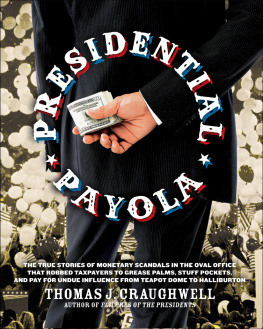
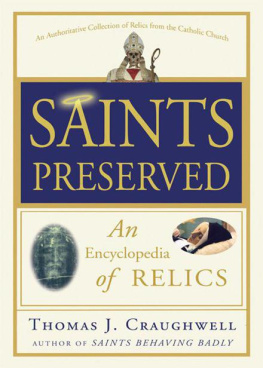
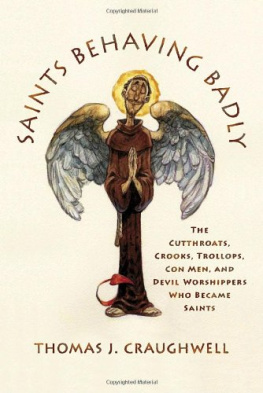
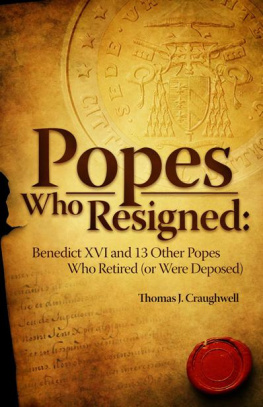
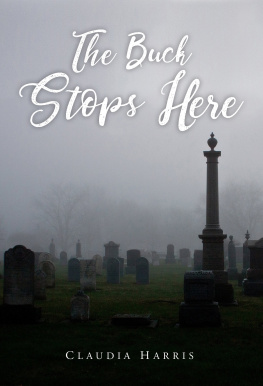
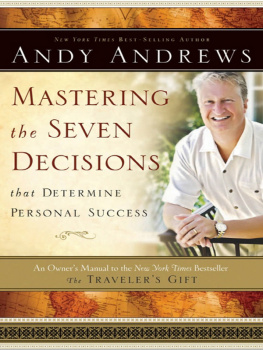
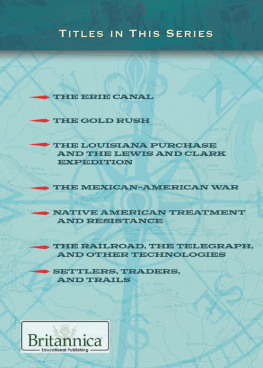
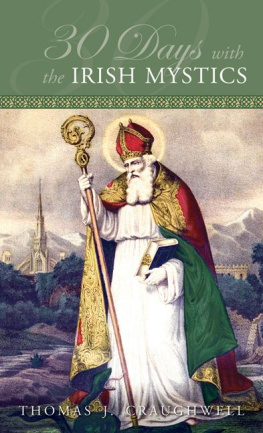

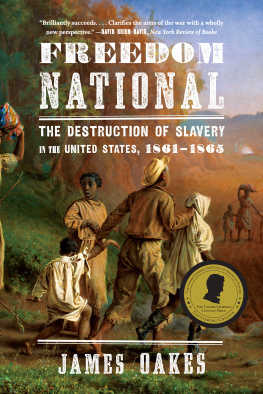
 PS
PS